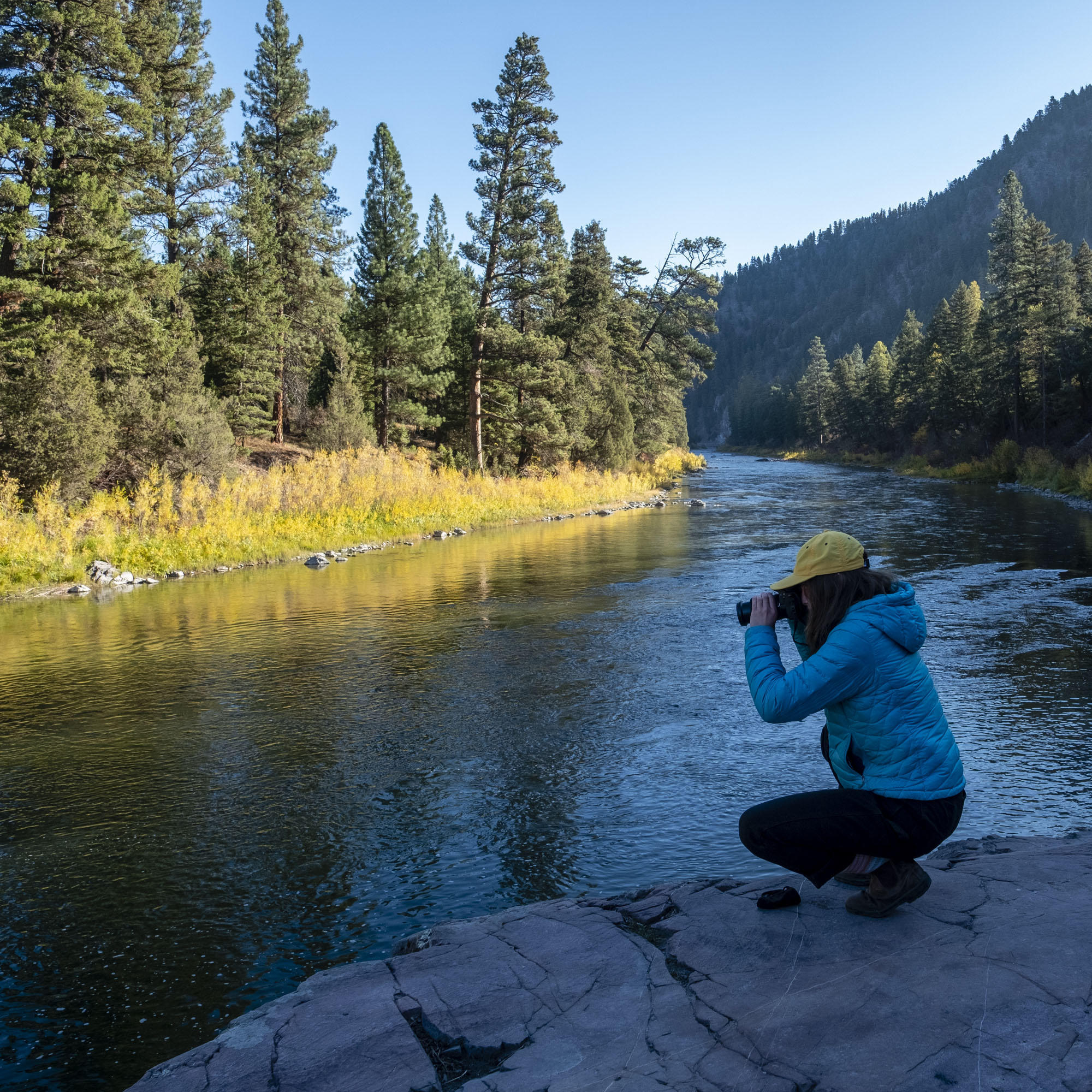Portfolio Option
Students can demonstrate the knowledge and skills they’ve acquired toward a professional career in environmental science and natural resource journalism by producing a portfolio of three journalistic works. These stories must be linked by a clearly articulated, central theme. At the same time, they must be distinct, meaning students cannot simply tell the same story from different angles or using different formats. All three stories must be suitable for publication in established, reputable news media.
The portfolio option emphasizes cross-medial competence, requiring students to tell stories in a variety of formats, from writing to photography, video, audio, multimedia, maps and informational graphics. Of the three stories, at least one must be told through a different medium than the other two. In lieu of professional project credits, portfolio students take two additional electives that help them develop and practice skills in journalistic formats new to them, such as multimedia production or interactive maps.
With this option, students hone in on a central theme for their master’s work in their first semester. They explore which media they plan to use to tell their stories; identify faculty and courses in their proposed focus area, and develop story ideas. They submit a robust written proposal to the program director by the end of the first semester. Once it’s vetted, they recruit their master’s committee, which must meet in full to discuss the proposal before the student embarks on their master’s work.
To pace themselves, students should aim to produce one story per semester. They seek out individual committee members for advice and feedback on drafts, and report their progress to the full committee each semester.
While students can include coursework from graduate-level journalism electives, they must add to it substantially, demonstrating their ability to produce quality stories independently. For example, they perform another round of substantive self-editing after the completion of a course and pitch the story to a reputable news organization.
The complete portfolio must be sent to the master’s committee six weeks before the defense date. At a pre-defense meeting, the full committee will discuss the stories with the candidate and request changes it deems necessary. The candidate should bring supporting evidence (drafts, source lists, pitches, etc.), in anticipation of questions that might arise. Students typically present their central theme and defend their portfolio at the end of their second year.
